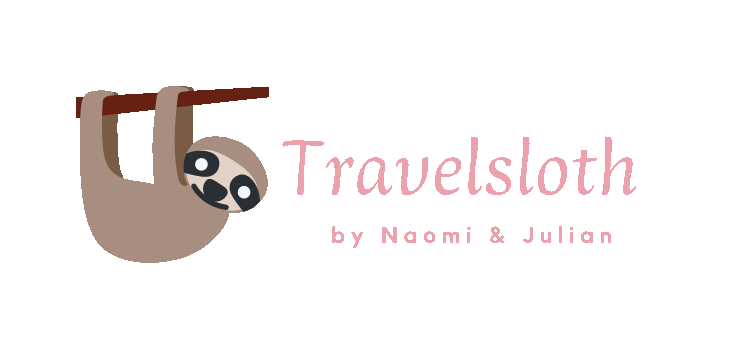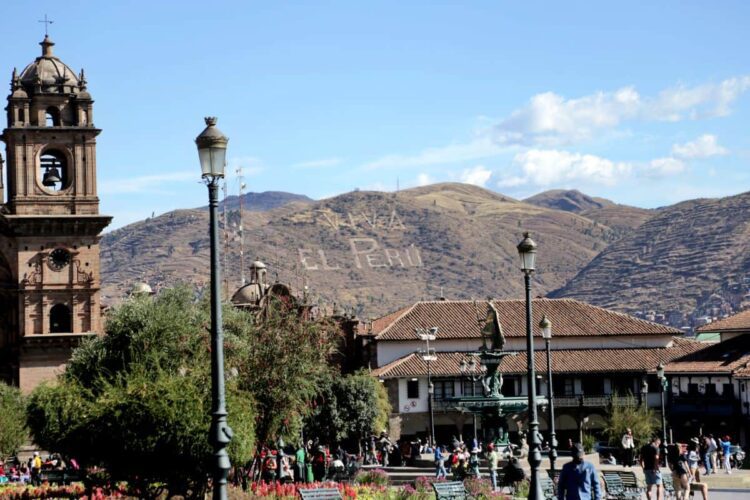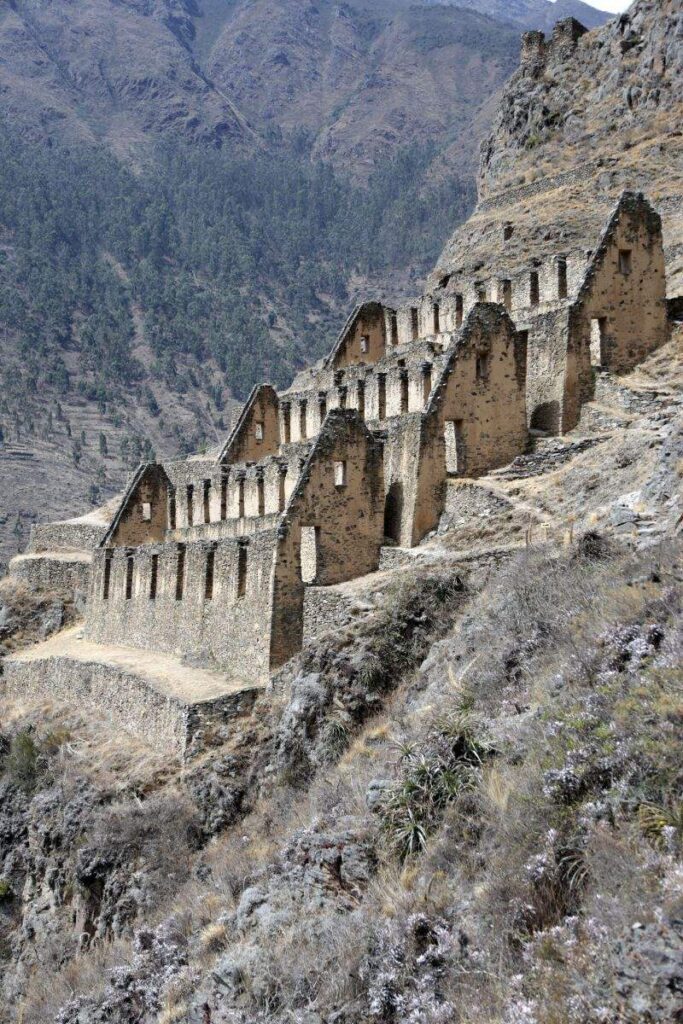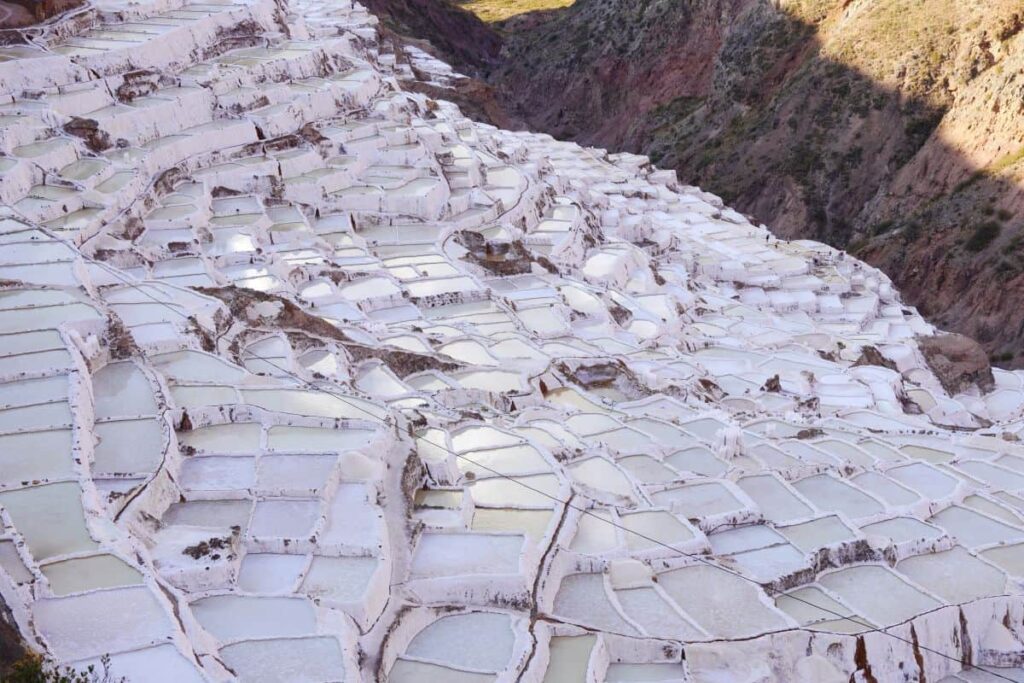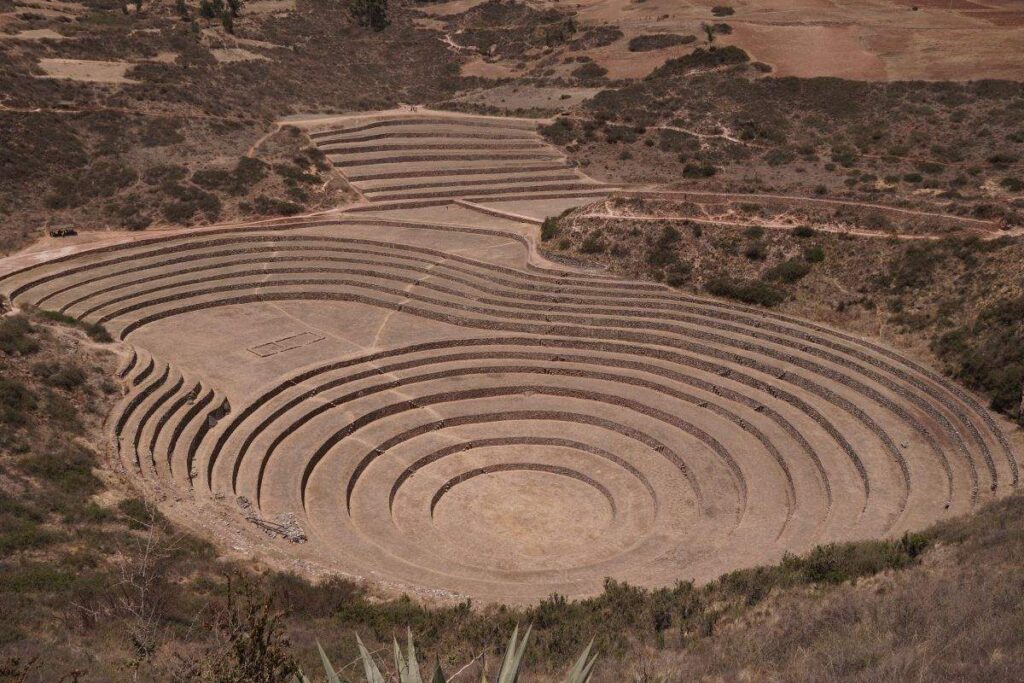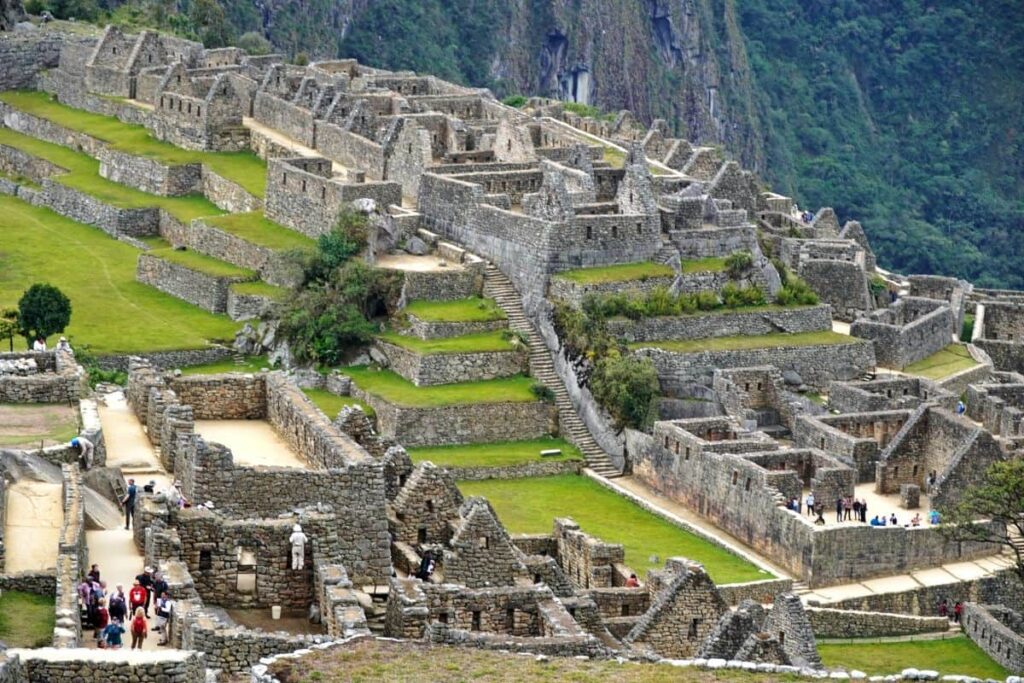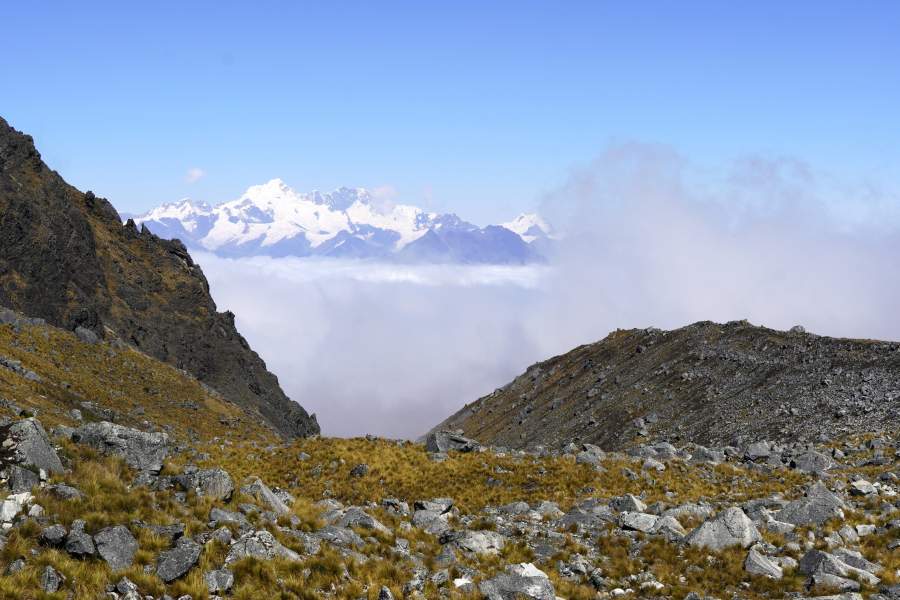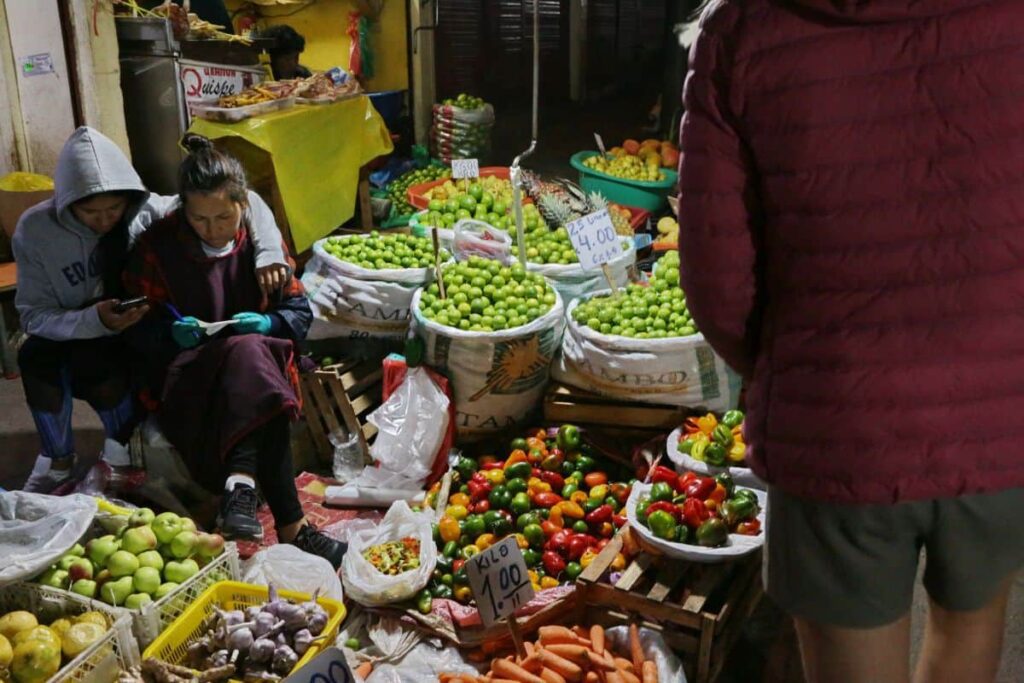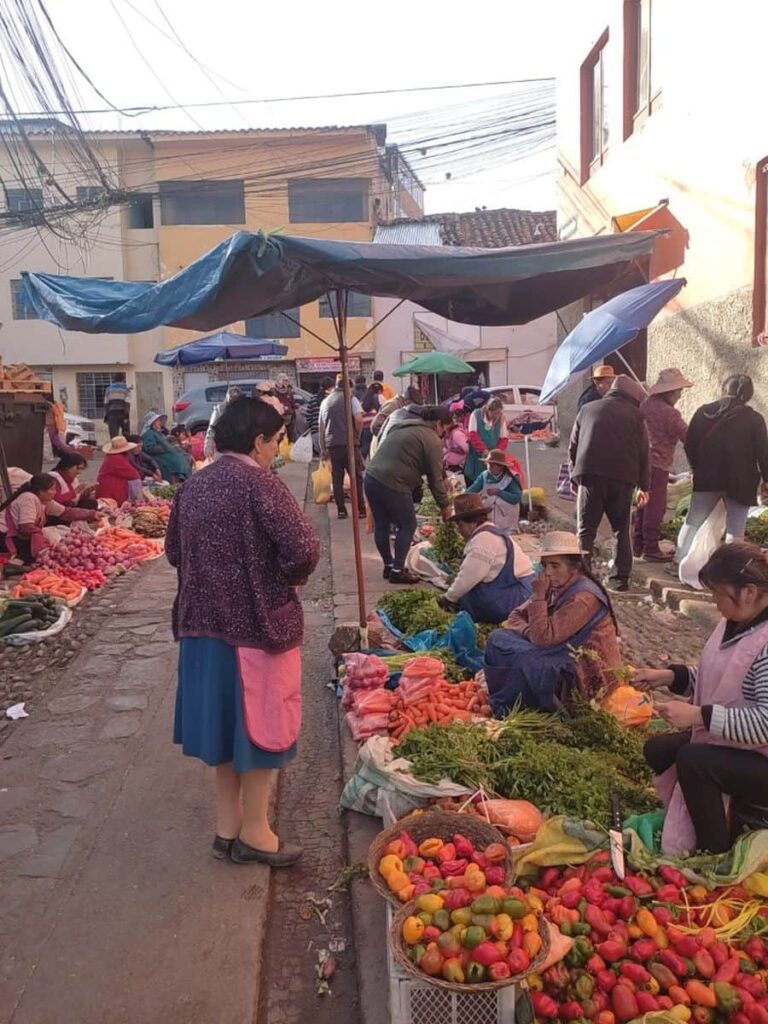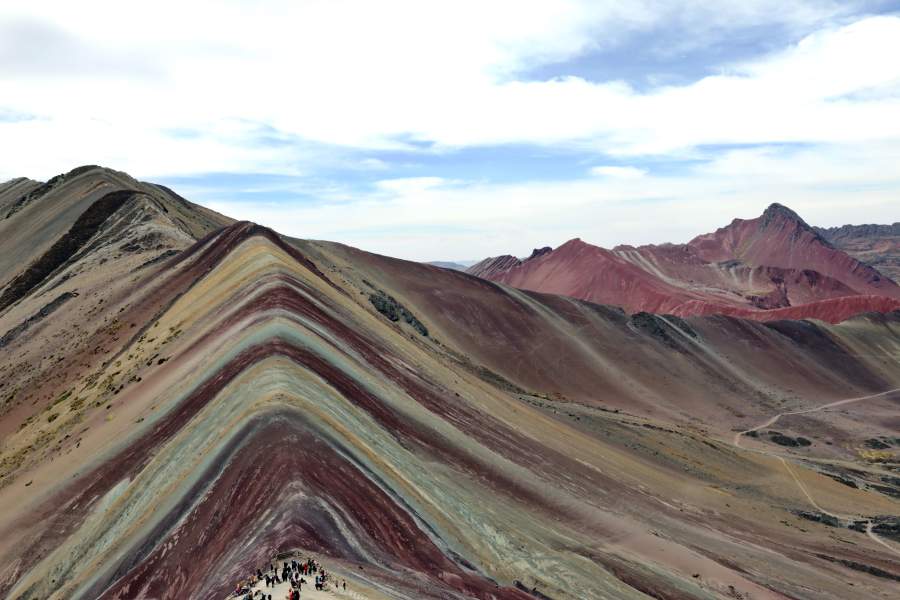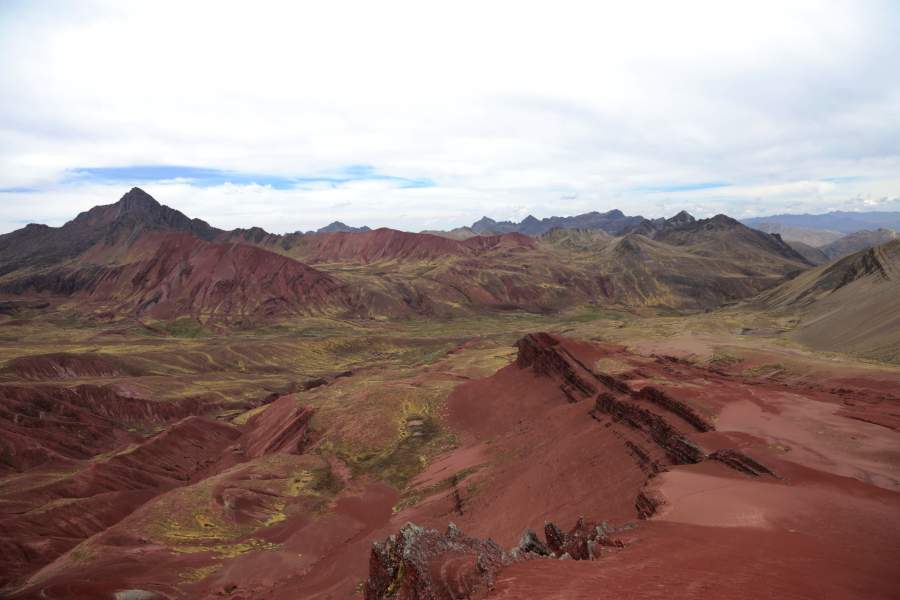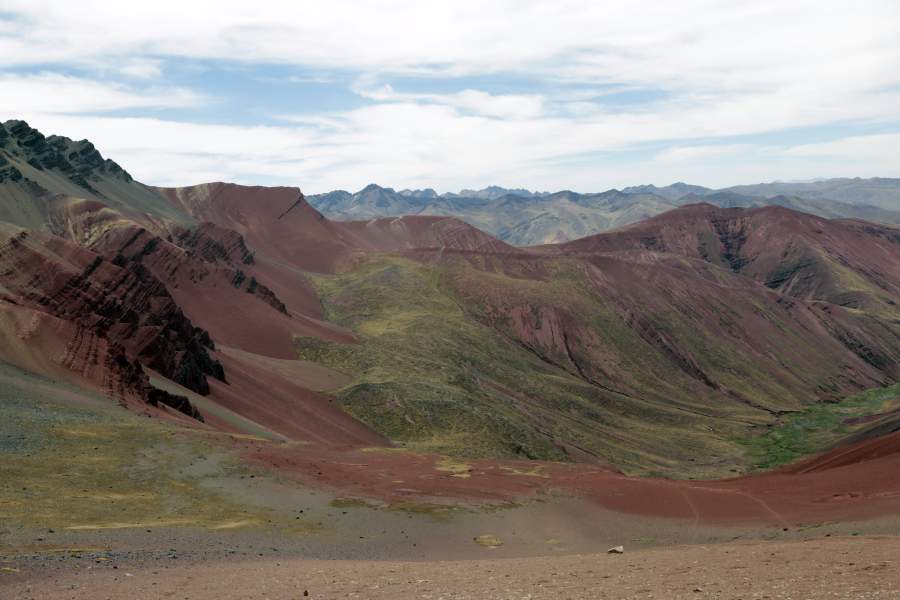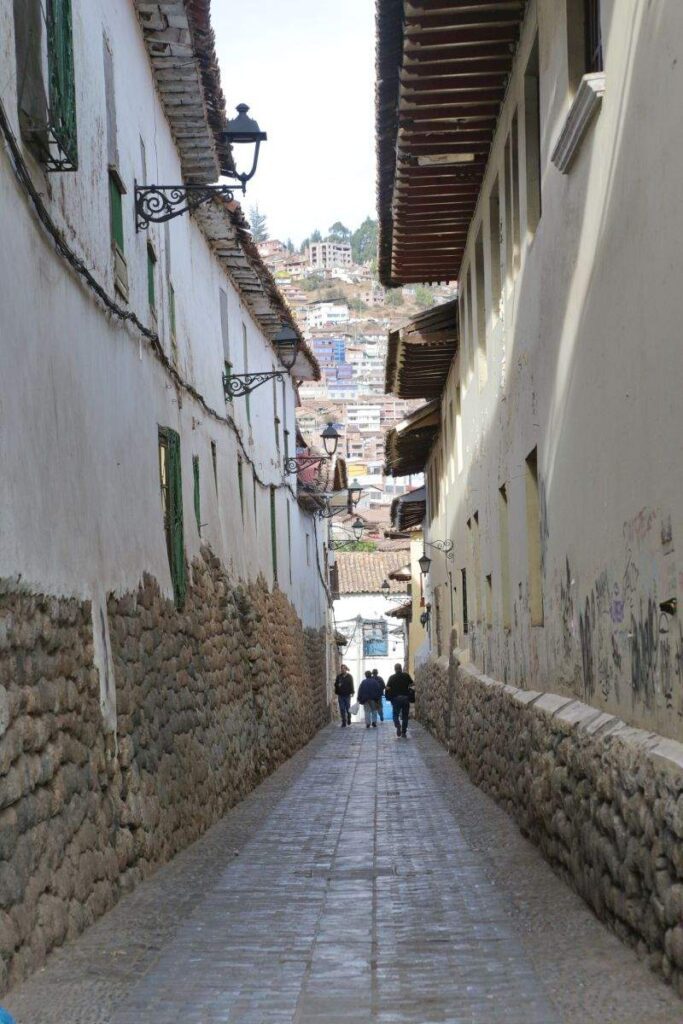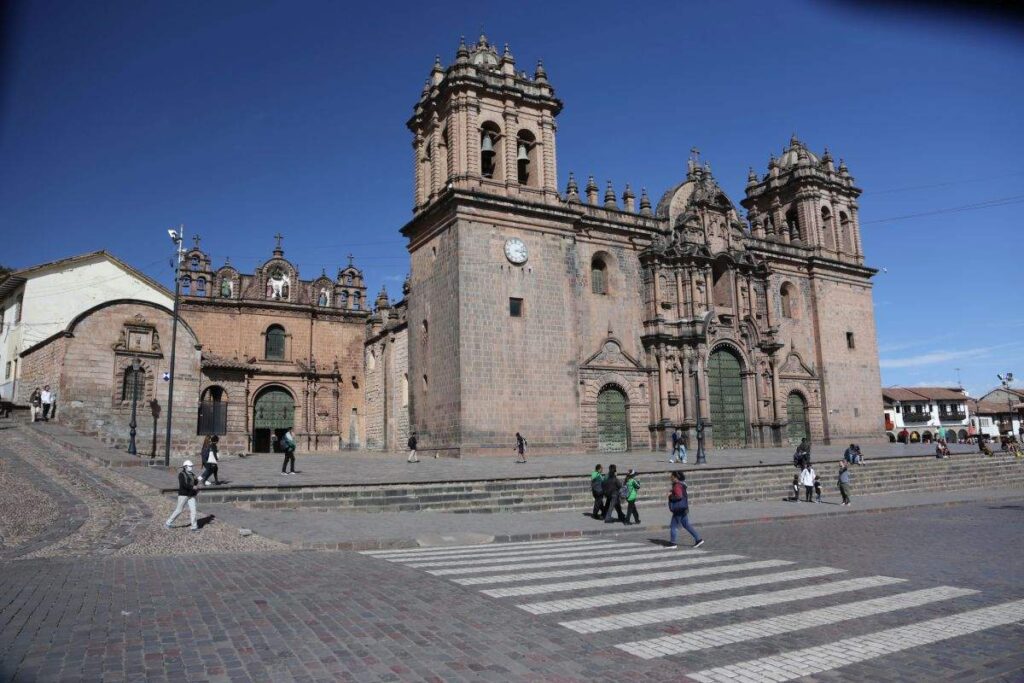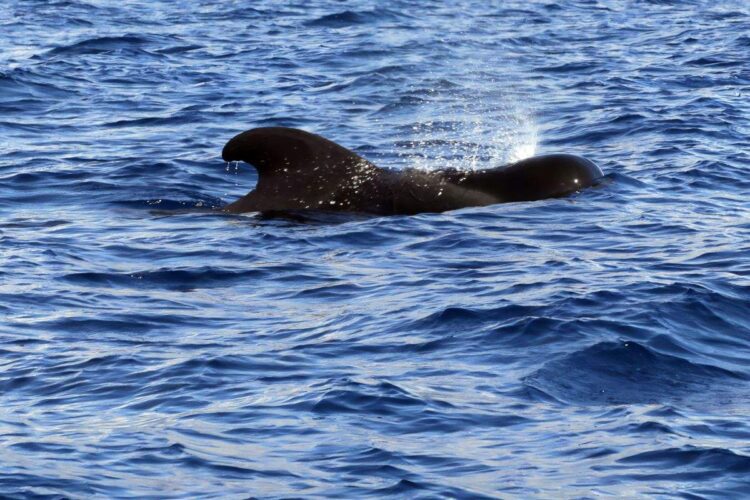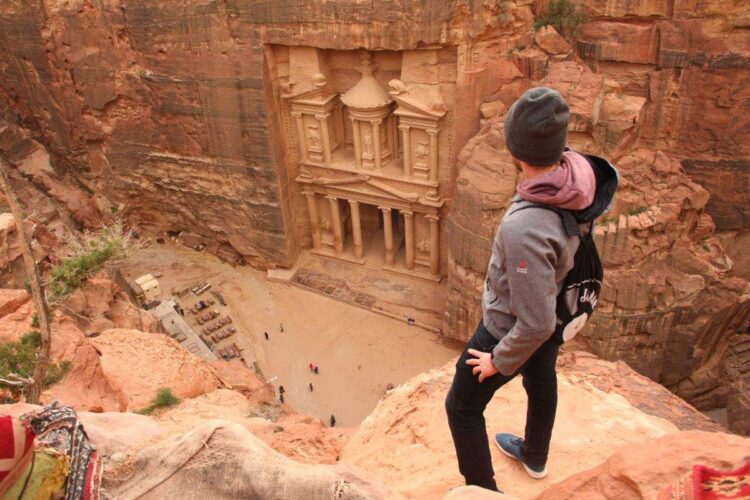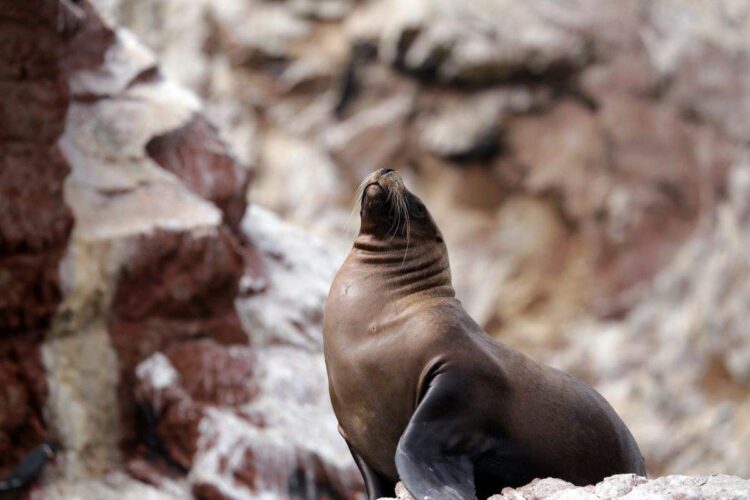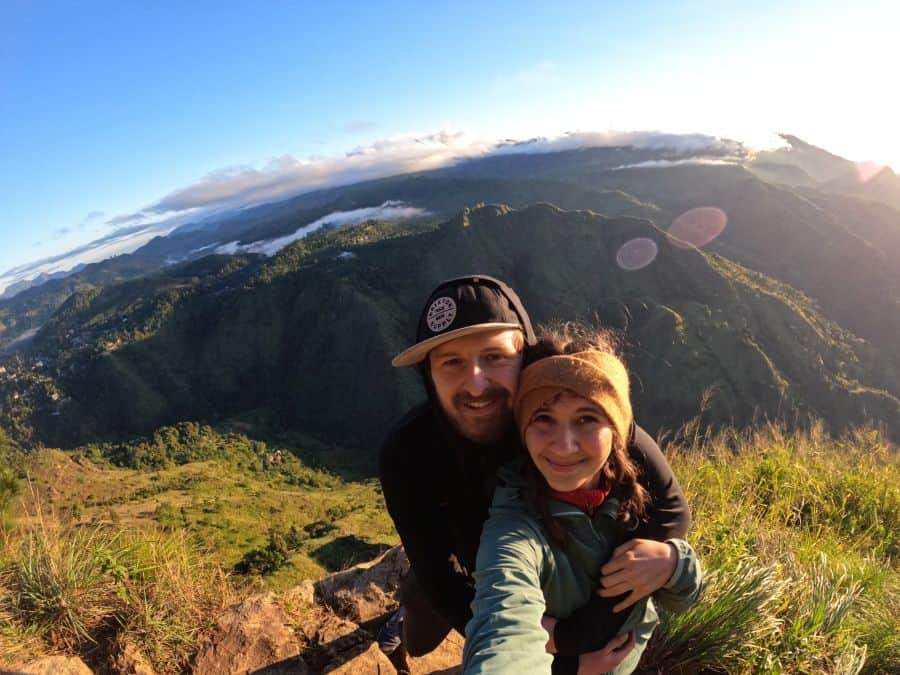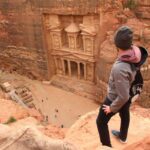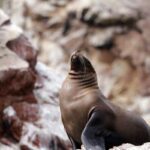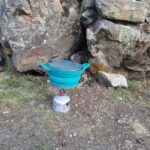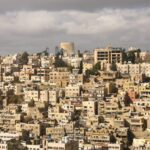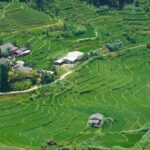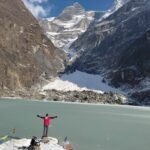Cusco is Peru’s Everybody’s Darling – it is the starting point for Peru’s most legendary sight – Machu Picchu. But not only that, Cusco and its surroundings have so much more to offer. We were fascinated that despite the flood of tourists, the city still manages to maintain its characteristic and cozy charm. In addition to the fancy toursite restaurants, small local eateries also hold their own in the centrun. Whether a visit to the market, the adventurous Salkantay trek to Machu Picchu, the Sacred Valley or simply strolling through the old town – Cusco and its surroundings have something to offer for everyone. The city has a population of 430,000 and is located in the southern center of the country, in the middle of the Andes at 3,400 meters above sea level. In our guide we mainly address backpackers who are interested in getting to know the real Cusco.
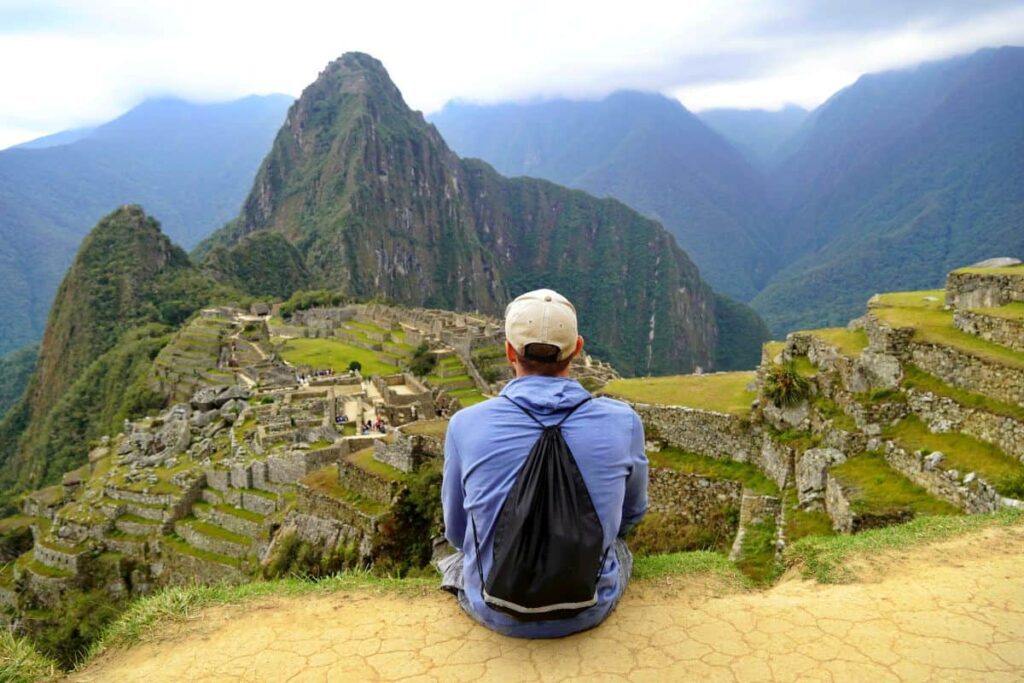

Brief history of Cusco
Since neither of us are historians, we have tried to briefly summarize the most important facts about Cusco’s past to give you a brief overview of why Cusco looks the way it does today.
The city was founded by the Incas more than 1,000 years ago and quickly became their capital. The Incas left an impressive legacy, including architectural masterpieces such as Machu Picchu and Sacsayhuamán. In the 16th century, the Spanish conquistadors under Francisco Pizarro entered Cusco, bringing with them dramatic changes. Numerous Inca temples were replaced by imposing churches and colonial buildings. This unique fusion of Inca and Spanish culture continues to shape Cusco today.
With Peru’s independence in 1821, a new era began. Cusco remained a cultural center and was eventually named a UNESCO World Heritage Site.
Top sights Cusco
Cusco is full of sights, both in the city itself and in the surrounding countryside. We spent a total of 10-12 days in the area, as we also made the five-day Salkantay trek to Machu Piccu and spent 2 days in the Sacred Valley. Cusco itself is super nice to just unwind a bit – for us it came at just the right time after 8 months of continuous travel.
1 Sacred Valley
We went on a two-day tour of the Sacred Valley on our own and by public transportation. We walked through sleepy villages, looked at ruins and a salt mine. The good thing about our tour was that we were not exclusively in the tourist bubble but could also get to know different things.
2 Salkantay-Trek & Machu Picchu
Since we were really in a hiking mood, we decided to do the Salkantay trek which, as we all know, ends at Machu Picchu. For five days we walked through mountains, jungle and along the riverbed until we were rewarded with the highlight. It is a breathtaking scenery, only the crowds of tourists repelled us a bit, but we expected that. If you want to know everything more about the Salkantay trek, we have written an extra post about it here.
3 A visit to the market of Cusco
At the market of Cusco you can find almost everything in fresh food. Especially popular are the juice stands at the entrance, where you can customize your favorite juice. We can recommend mango, passion fruit, banana or orange, carrot, apple, ginger. We also found the local cheeses worth trying, which are mostly sold by the indigenous population at the market or along the roadside. Fresh fruits and vegetables can be bought especially cheap on the street market next to the “main market”.
4 Rainbow Mountain & Red Valley
Another highlight which is located a bit outside is the Rainbow Mountain, also one of the most popular sights of Peru. The mountain is best reached with a tour that includes arrival & departure from Cusco. The mountain is located at over 5,000 meters and is also worth a visit. Rainbow Mountain is no longer an insider tip and is also very well visited. We actually spent more time in the adjacent Red Valley, since all the tourists focus on Rainbow Mountain, and found it at least as impressive. There is also a separate article about Rainbow Mountain.
5 Stroll through Cusco and discover Cusco culinary
Cusco is simply a city in which you can drift super well. Whether it is to learn the exciting city history on a free walking tour or to eat in one of the many restaurants. For night owls there is the Tescecocha Street with some bars and clubs, often hostels also host parties. In Peru, the regional cuisine is best enjoyed with a “menu del dia” (dish of the day). Most small restaurants have 3-4 dishes to choose from, a soup as an appetizer is also always included.
Overnight stay in Cusco
Cusco is of course lined with accommodations in various price categories. We were in 2 different hostels, because the first was much too commercial for us. An absolute no-go for us are, for example, hostels that do not allow drinks from outside, but the drinks in the hostel are twice as expensive as outside. I would recommend the OkiDoki hostel. It was one of the cheapest hostels in Cusco, the owner is super nice, there is a kitchen that can be used and a spartan breakfast is also included. The dorms are relatively comfortable as there are no bunk beds and the beds are relatively large. On the website of Oki Doki you can find the direct contact details and contact the owner directly without having to pay booking fees. Previously we stayed at Intro Hostel, which we honestly didn’t like. The hostel itself is super nice but as I said, too commercial and unfamiliar for our taste. As party hostels, the Wild Rover, Pariwana and Loki seem to have made a name for themselves.
Eating out in Cusco
Have I ever mentioned that it makes me really sad that most western tourists only go to stores that are prepared for western tastes? In Cusco you can see this extremely: The bowl store and the avocado toast store are packed with gringos while next door in the local restaurant there is not a tourist to be found. We can definitely recommend all the small restaurants that offer a Menu del Dia (dish of the day) for 7-10 soles. Usually there is a quinoa soup as a starter and as a main course you can choose between different dishes, some are also vegetarian or vegan.There is also an area with small food stalls in the market where you can taste the cuisine of Cusco and Peru. Tarwi, for example, is a plant that is mainly found in Cusco and the surrounding area. The food is not really “Instagrammable” but it’s all about the taste and it’s mostly good. If you stay in the Oki Doki hostel, there are some local small stores in the street that offer different daily dishes for little money. Otherwise, there are classics everywhere like Lomo Saltado, Chifa restaurants that fuse Peruvian with Chinese cuisine, and many more. Also worth a visit is the Peruvian pizzeria “El Molino”. The restaurant is run by a very sympathetic old gentleman, not really cheap but tasty and something different (the pizza is already something different than the classic Italian).
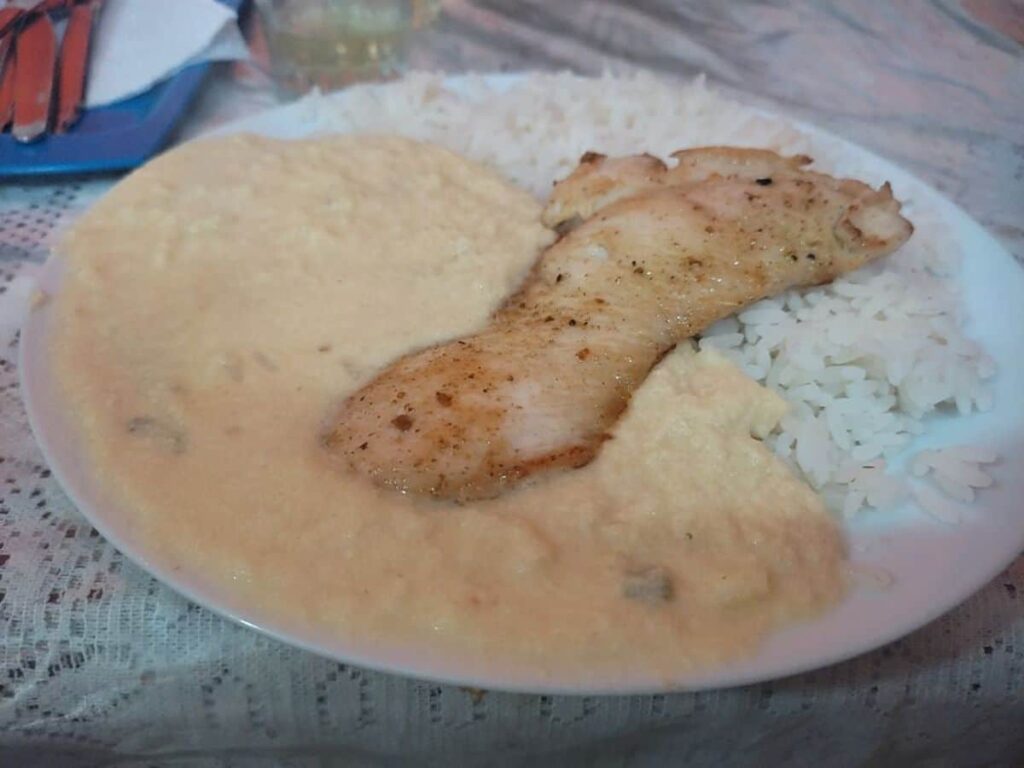

Going out in Cusco
Peruvians love to go out at night, as do the many visitors to Cusco. A good place to start a party evening is the Procuradores alley or the Tescecocha street. Here you can find numerous bars and discotheques. If you want to party among gringos, you will probably get your money’s worth in the Chango Club. Otherwise, just check out the bars and clubs and let yourself drift.
Arrival to Cusco
Most people fly to Cusco or come by bus from Arequipa or Puno. Since we have set ourselves as a goal to no longer fly within a continent when we are traveling, only the bus remained for us. We drove over 30 hours from Huaraz to Cusco. Since Huaraz is also relatively high, we were already acclimatized and did not want to have to rebuild this “protection”. You will find some shorter information on the bus booking platforms, but in our experience you always need a little longer than indicated. For the routes listed below you have to calculate with 10 € – 20 €, depending on the bus company and route.
Buses :
Puno <-> Cusco
There are a few buses daily, the duration is +/- 10 h.
Arequipa <-> Cusco
The route from Arequipa takes about +/- 10 – 12 hours.
Lima <-> Cusco
The route lasts +/- 24 h
Flight:
Flights from Lima to Cusco are not cheap and cost +/- 100 € with luggage.
How long to stay in Cusco?
The question is difficult to answer, because it depends on your planning. We spent a total of just under 12 days in the area. This was because we did the five-day Salkantay trek, spent two days in Sacred Valley, climbed Rainbow Mountain and spent some time in the city like that. Of course, coming directly from Lima will take some time to acclimatize.
Acclimatization Cusco
Since Cusco is located at an altitude of 3,400 meters above sea level, it requires sufficient acclimatization. Some people can cope with the altitude without any problems, while others have to struggle with it for a few days. Before going on one of the hikes, it should be ensured in any case that you have acclimatized sufficiently.
Hier ist der HTML-Code für den gegebenen Text: “`htmlCusco is located in the southern center of Peru, right in the Andes.
Cusco is situated at an altitude of approximately 3,400 meters above sea level.
The best time to visit is during the dry months from May to October. May is likely the best month as there are fewer tourists, and the vegetation appears lush green as the rainy season has just ended.
Cusco’s historic city center with its market and local restaurants, Rainbow Mountain, Salkantay Trek, Machu Picchu, and the Sacred Valley are just a few of the highlights in Cusco.
This strongly depends on how much time you have in total. We would recommend a minimum of 10 days. 5 days for the Salkantay Trek, 2 days for the Sacred Valley, and 1 day for Rainbow Mountain.
